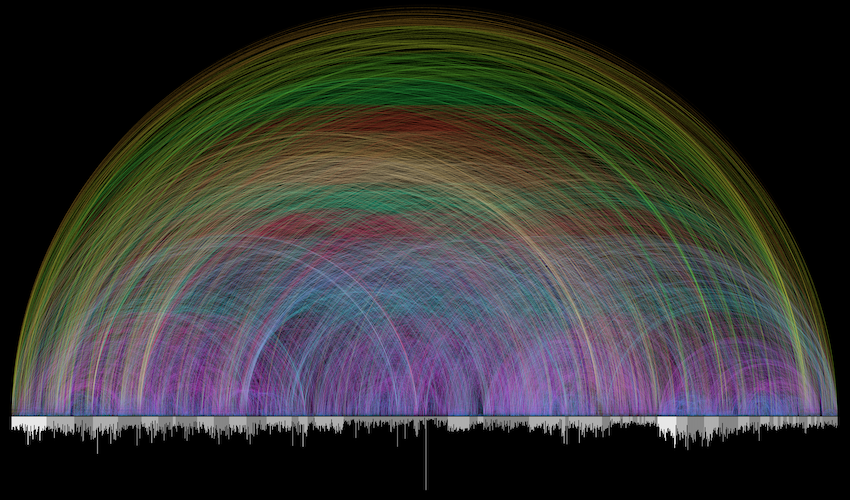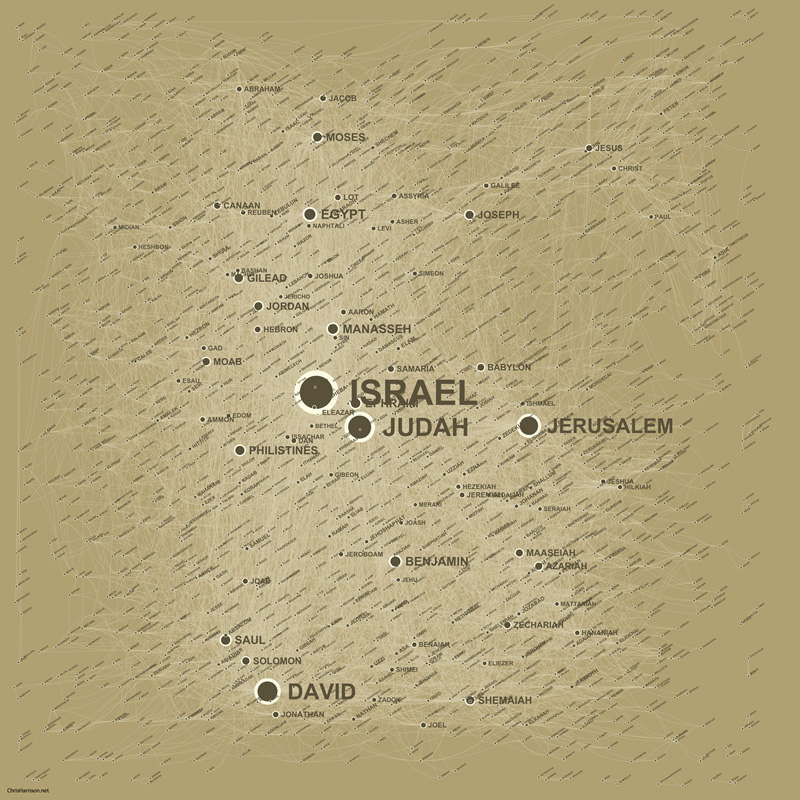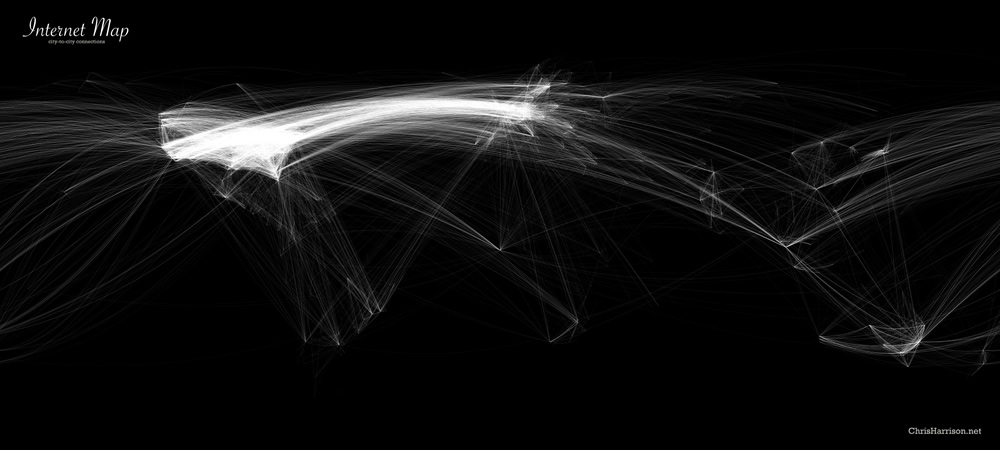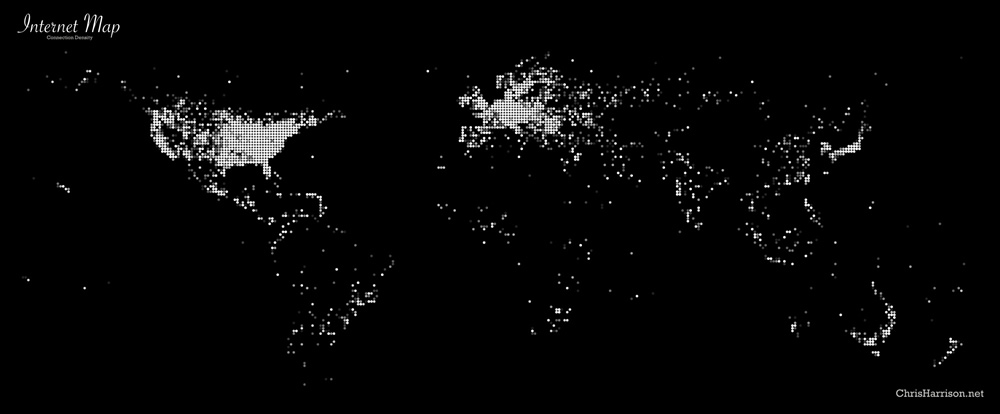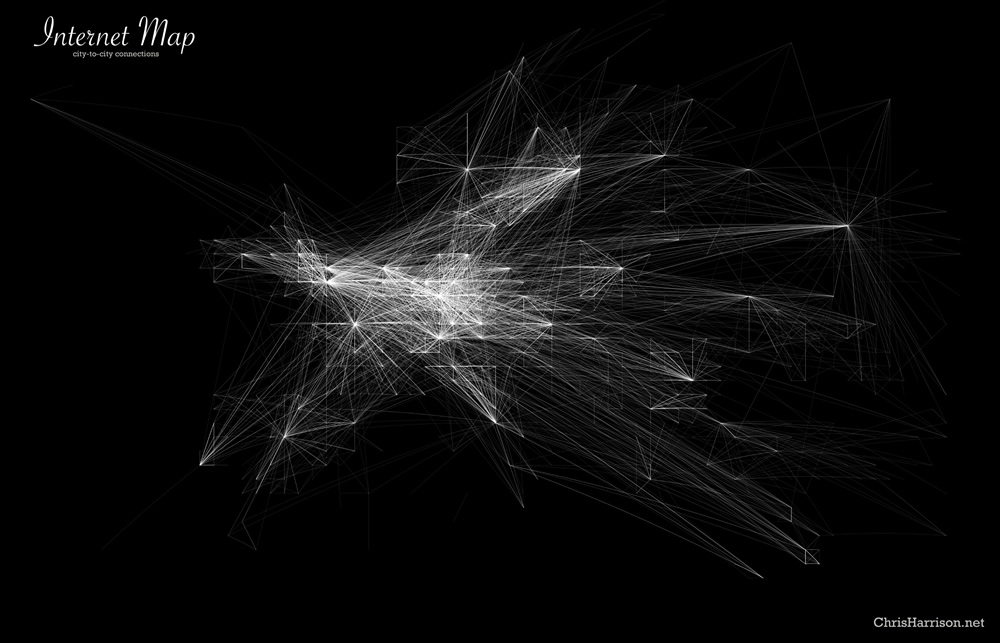Link of the project:https://benfry.com/genomevalence/
This project is called genome valence by Ben Fry, which is a visual representation of the algorithm most commonly used for genome searches.
The genome of an organism is made up of thousands of genes (34,000 for the human, 20,000 for the mouse, and 14,000 for the fruitfly). A gene is made up of a sequence of As, Cs, Gs, Ts that averages 1000 to 2000 letters apiece. To handle this amount of information, the BLAST algorithm breaks each sequence of letters into 9 letter parts. Every unique nine-letter set is represented as a point on the screen. I’m very surprised by the complexity of the project. The creator’s artistic sensibilities are manifest through the integration of biology, computer science, and art.

![[OLD SEMESTER] 15-104 • Introduction to Computing for Creative Practice](../../../../wp-content/uploads/2023/09/stop-banner.png)
